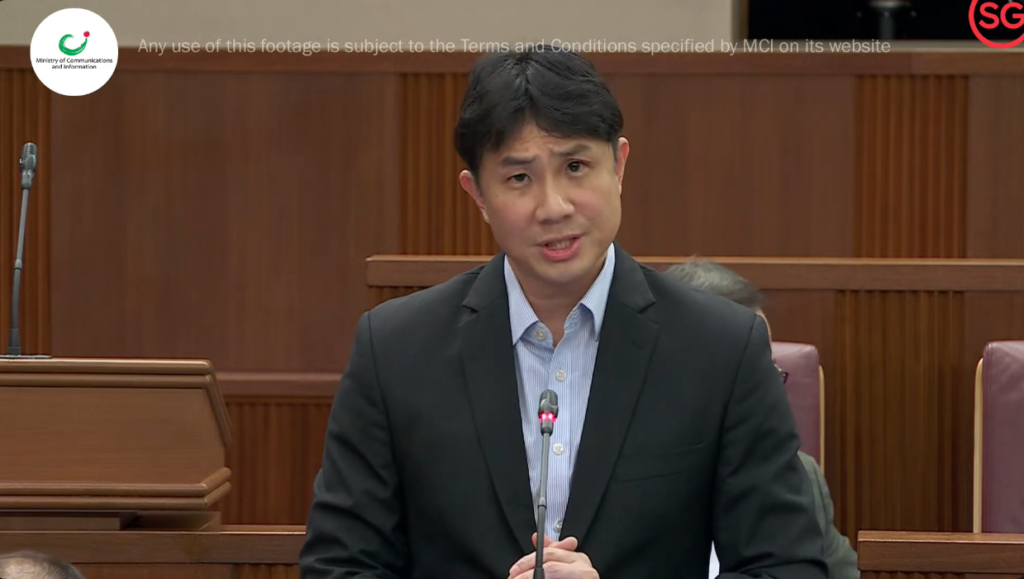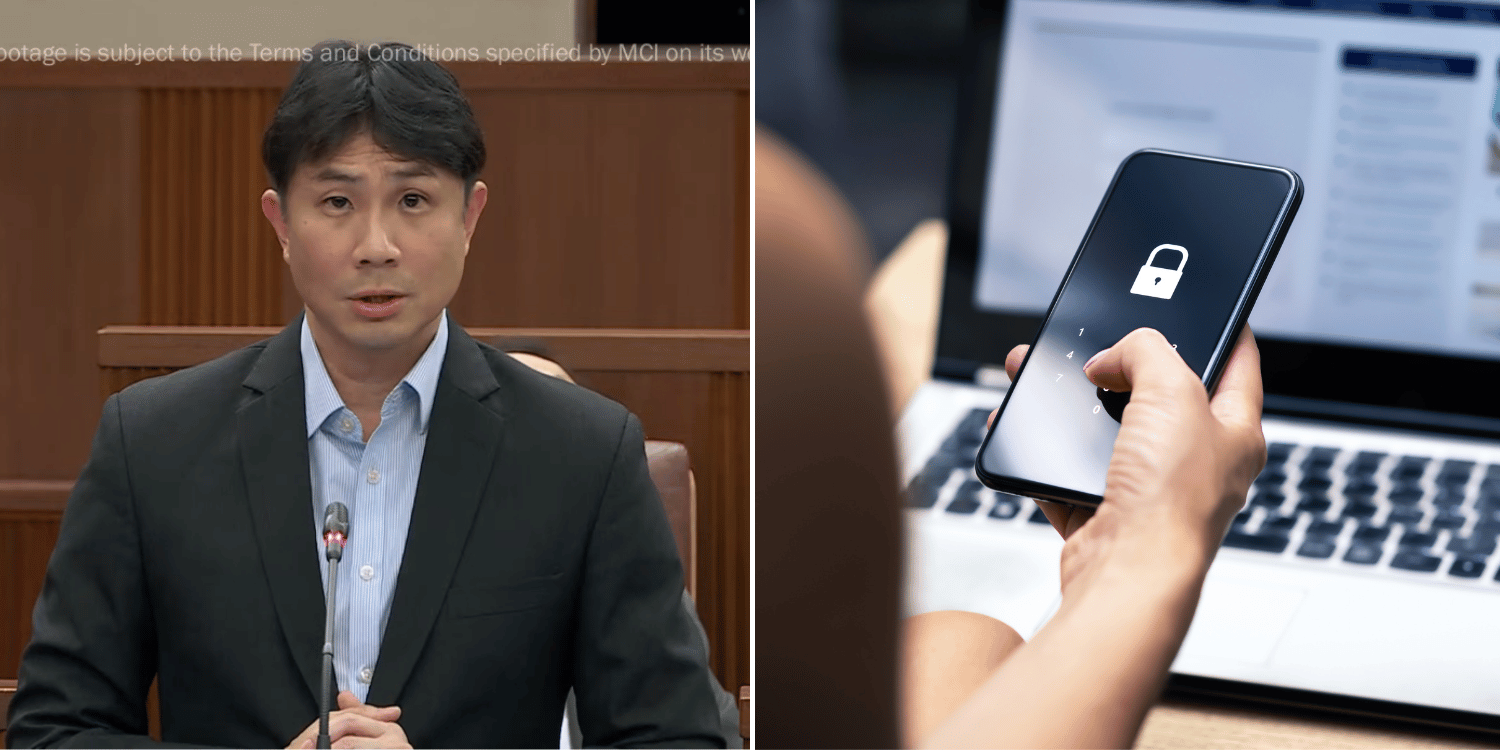Workers’ Party MP Jamus Lim Suggests That Scam Victims Should Only Bear S$100 To S$500 Of Losses
In October last year, the Monetary Authority of Singapore (MAS) and Infocomm Media Development Authority (IMDA) proposed a Shared Responsibility Framework (SRF) for phishing scams.
S’pore Banks & Telcos May Need To Reimburse Scam Victims If Found To Be Negligent: MAS
Under the SRF, financial institutions and telcos that are found to have breached their duties of mitigating phishing scams are required to reimburse scam victims.
However, Workers’ Party (WP) Member of Parliament (MP) Jamus Lim recently called the current framework “fundamentally unfair” as much of the onus remains on the consumer.
He then proposed that there should be an upper limit of S$100 or S$500 for the loss amount that scam victims have to bear.
Mr Lim claimed that not only would this be fair, but it would help develop a more robust system.
Equitable sharing framework ‘unfair’, too much responsibility on consumers
Speaking in Parliament on Wednesday (10 Jan), Mr Lim pointed out a line in a press release about the framework that says “all parties have responsibilities to be vigilant and to take precautions against scams”.
On one hand, financial institutions should protect their customers by implementing measures to detect and respond to suspicious transactions.
Consumers, on the other hand, must be careful with their personal and banking credentials.

Source: simpson33 from Getty Images on Canva, for illustration purposes only
“The proportion of losses each party bears will depend on whether and how the party has fallen short of its responsibilities,” the press release states.
All this sounds reasonable “on its face”, Mr Lim said.
In reality, though, fraud is usually perpetrated on the customer — the “weaker link in the chain” — rather than the better-equipped banks and telcos.
Hence, the equitable sharing framework becomes less about fairly distributing losses, but about distributing responsibilities.
“Losses, when they occur . . . would appear overwhelmingly borne by the customer,” he continued.
“Put another way, we should only expect the framework to yield equitable outcomes if the fair assignment of responsibilities was all that mattered.”
Jamus Lim proposes upper limit for loss amount scam victims have to bear
Mr Lim went on to state that when it comes to negotiating a settlement over fraudulent claims, financial institutions hold more power than the consumer.

Source: MCI Singapore on YouTube
Thus, if a bank can simply demonstrate that it had no part in effecting a fraudulent transfer, it can refuse any share of the loss altogether.
Even if someone was able to write off a transaction, it would only be “a small fraction of the institution’s balance sheet”.
In contrast, losing money to scams can be disastrous for the victim, who might lose their entire life savings or fall into debt.
Because of this, a truly fair distribution of losses would be one where all parties bear a burden that is commensurate with what they can afford.
One way the government can help is by enacting laws that limit liability on fraudulent transactions to a prespecified amount.
Mr Lim compared this with co-payments in insurance plans, proposing “an upper limit of S$100 or S$500” for the amount of losses the consumer has to absorb.
This would in turn motivate banks and telcos to develop a more robust financial ecosystem.
“Since they can no longer pass on most of the losses on to customers, there would also be a more pressing incentive to chase down transfers made to suspicious counterparties,” he elaborated.
Upper limit not likely to make consumers complacent
Mr Lim acknowledged that such a move may seem “foolhardy” to those who might argue that less drastic consequences will make consumers less vigilant when it comes to safeguarding themselves from scams.
This is known as a moral hazard, where one takes less care since they know they are protected.
Although Mr Lim sympathises with this argument in principle, a crude application of this theory is “problematic”.
“For starters, this counterargument places too little faith in the agency of Singaporeans,” he said.
After all, why would anyone wish to fall victim to a scam, even if they bore only limited consequences?
He added that nobody would rather lose S$100 to a scammer instead of none if they can avoid it.
There are also concerns that this might lead scammers to take advantage of consumer protection by defrauding banks directly.
“Yet this is true for any form of insurance fraud,” he said. “And there are well-established mechanisms for identifying and clamping down on such abuse, which would emerge when losses are more equally apportioned to both sides.”
Have news you must share? Get in touch with us via email at news@mustsharenews.com.
Featured image adapted from MCI Singapore on YouTube and Tero Vesalainen from Getty Images on Canva, for illustration purposes only.

Drop us your email so you won't miss the latest news.









